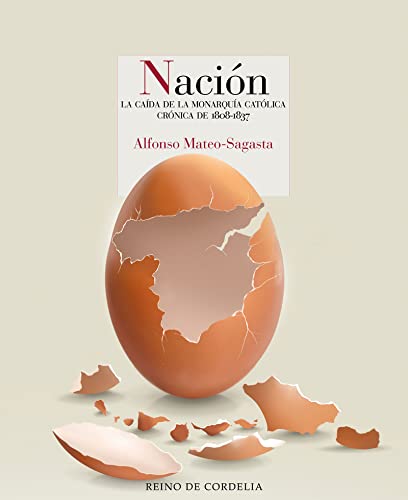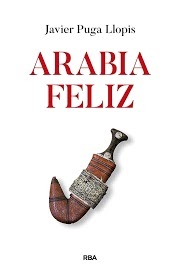
Press release
Until the 19th century, Spain was not even a kingdom, but was part of an enormous supranational power of a patrimonial nature, originated by a dynastic union and later expanded by a process of conquest. […] Historians refer to this set of territories as the Hispanic Monarchy, the Spanish Empire, the Kingdom of Spain, given that, for financial reasons, the capital was set in Castile, or the Catholic Monarchy, making the defense of Catholicism its main reason for state. . I have decided to use this last name in the following chronicle to avoid confusion and keep the concept of Spain and Hispanicism away from the foundation of the power of the Monarchy, because until the 19th century the name “Spain” must be assigned, above all, to a geographical space. […] In 1605 the Flowers of illustrious poets of Spain were published, and Miguel de Cervantes, Lope de Vega, Francisco Quevedo, Diego de Saavedra Fajardo also allude to it in multiple writings… But in those same works Italy is also cited, which will not appear as a nation until 1861; to Greece, which will have its own State for the first time in 1827 and to Germany, which will be born in 1871. On the other hand, the identification of Spain with the Iberian Peninsula is reinforced by verifying that Portugal is also Spain, as Camoens says in Os Lusiadas in the 16th century, and in the 17th century, Quevedo stands out when in his Defended Spain he clarifies that it is made up of three kingdoms: Portugal, Castile and Aragon. It is true that it is confusing that the kings of the Catholic Monarchy are known as kings of Spain, reducing the total to one of the parts, something like what happens to Holland, which is how the Republic is popularly known. of the United Provinces, seven in total, recognized as a State in 1648. […] In the 16th and 17th centuries, being Spanish was a sign of identity and belonging to a group that was defined by fidelity to the monarchy and the Catholic God above all, above languages, laws and customs. […] Like French, Italian, English or German identity, Spanish identity became a powerful force prior to the rise of nationalism. With the arrival of the Bourbons and their commitment to unify the State, these attributes were used to promote a national culture, and they also invested in the definition of a common history, language and art. Throughout the 18th century, the Royal Academy of Language, the chairs of Spanish Law, the Royal Academy of History and the Royal Academy of Fine Arts of San Fernando were born, pillars of a project whose keystone continued to be the Monarchy. identified with a people that extended across both hemispheres, and whose kings included from Ataulfo to Philip V, including Moctezuma and Atahualpa, the last Mexica and Inca emperors.
*Original content provided by the REINO DE CORDELIA publisher
Source: https://algunoslibrosbuenos.com/nacion


